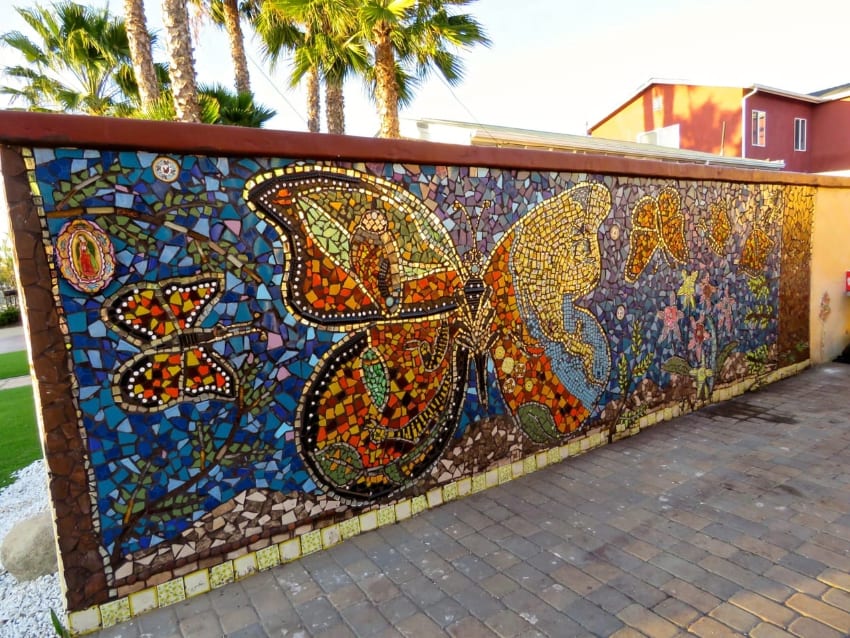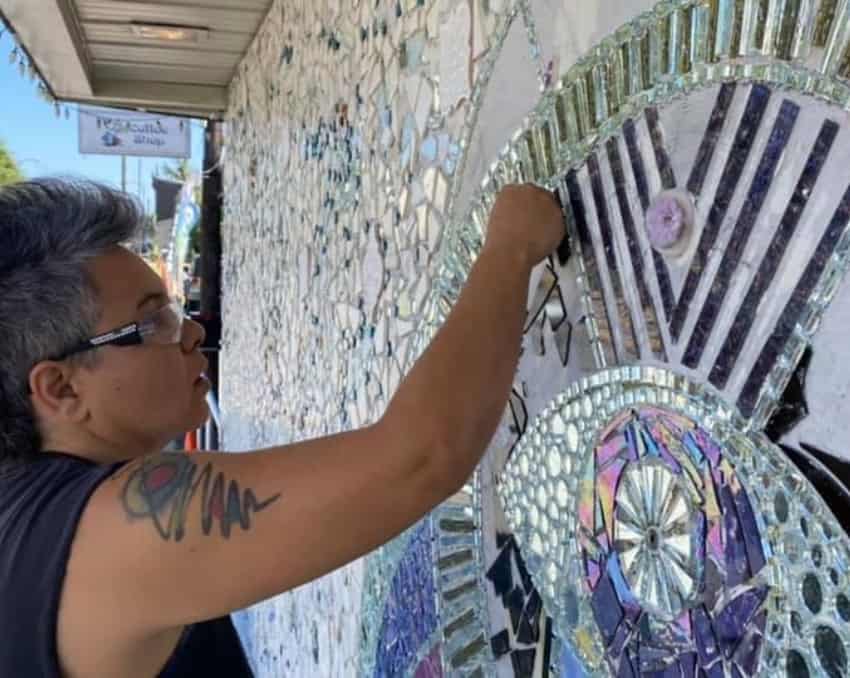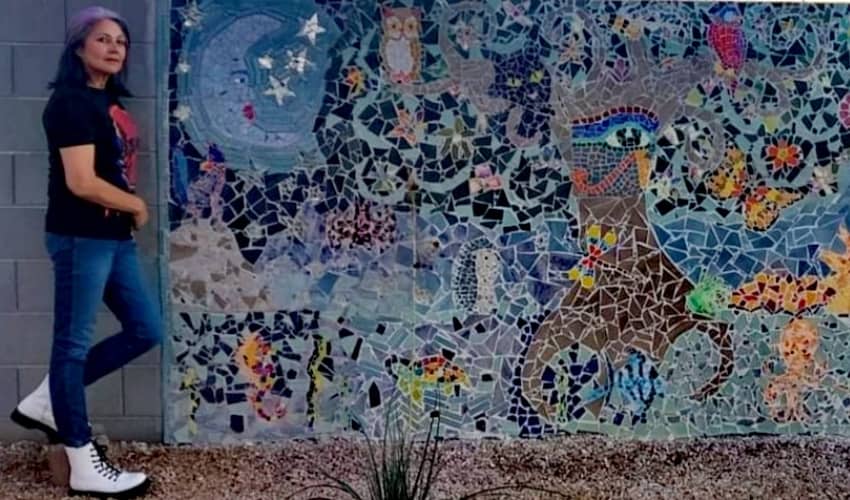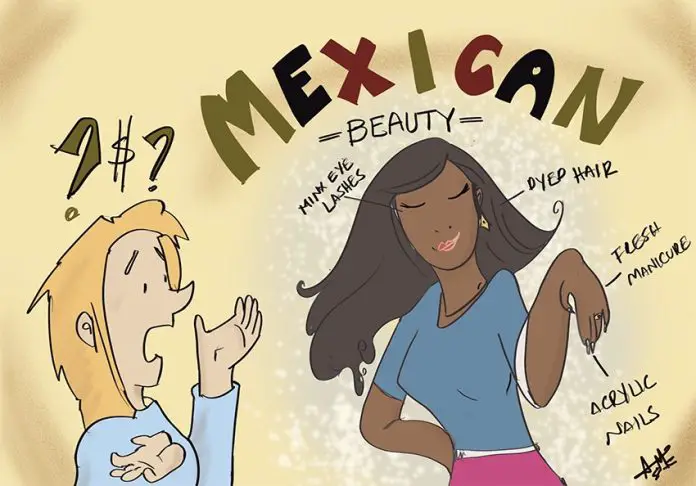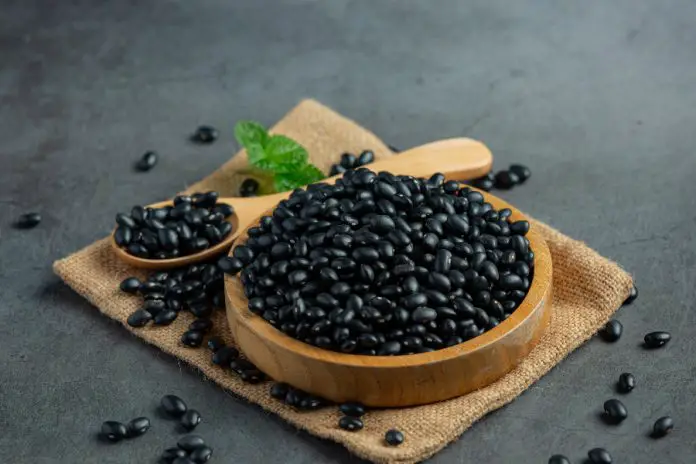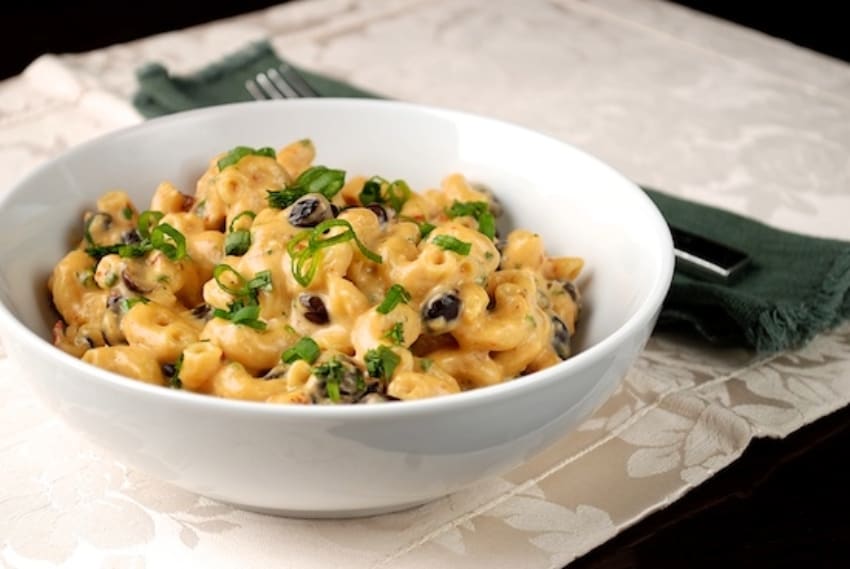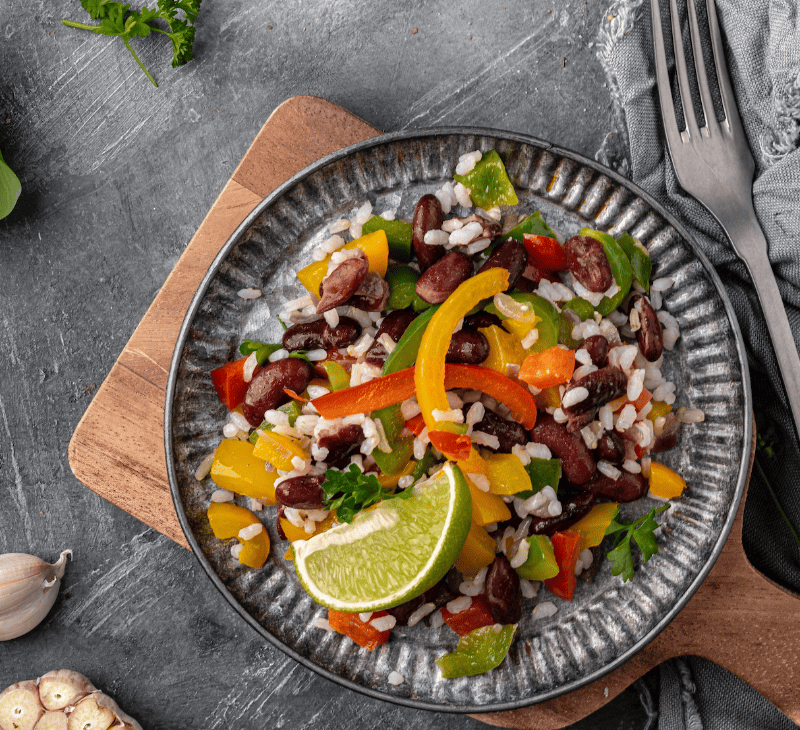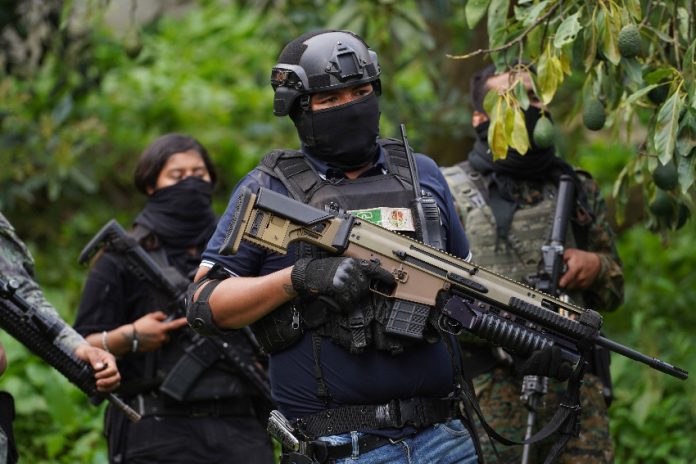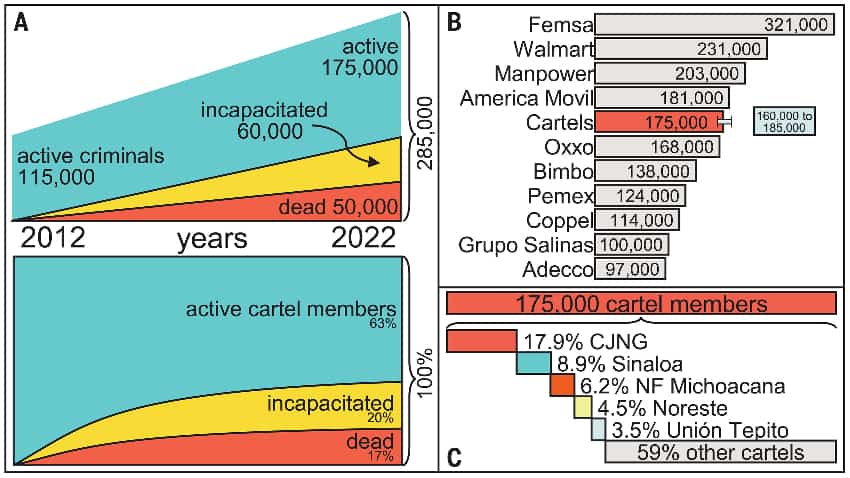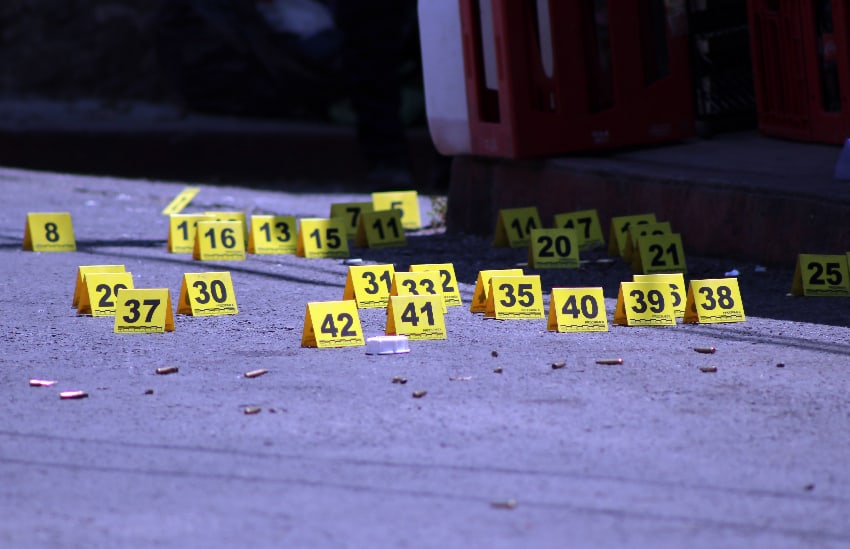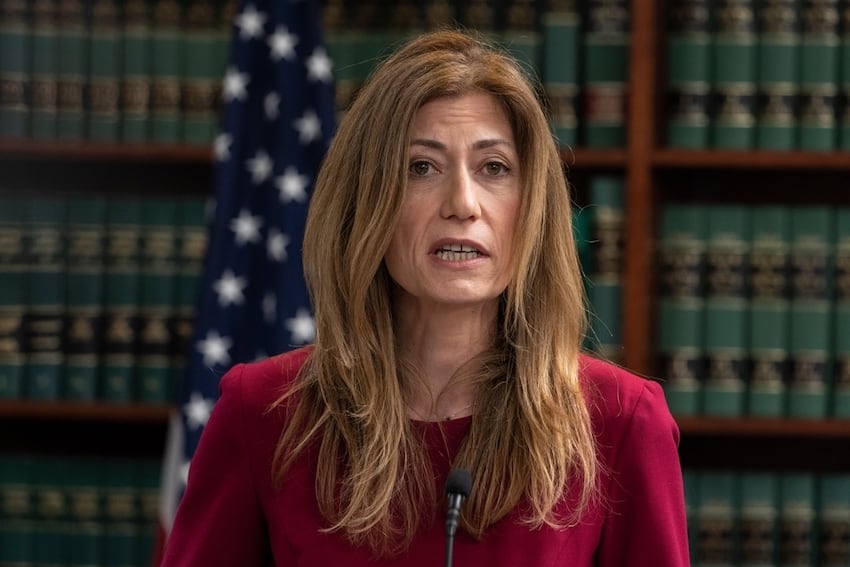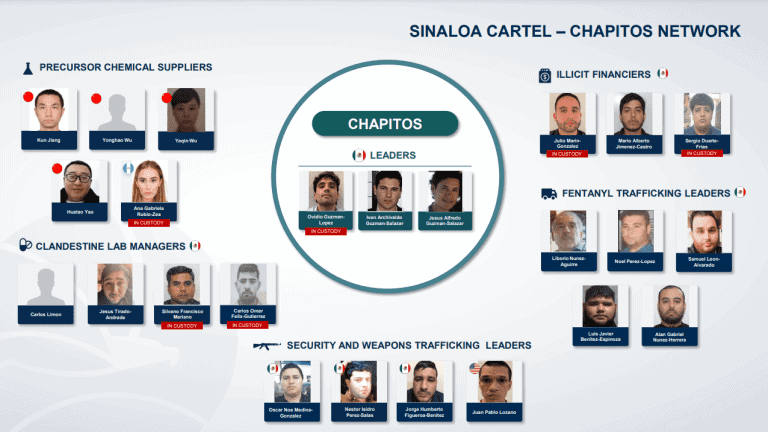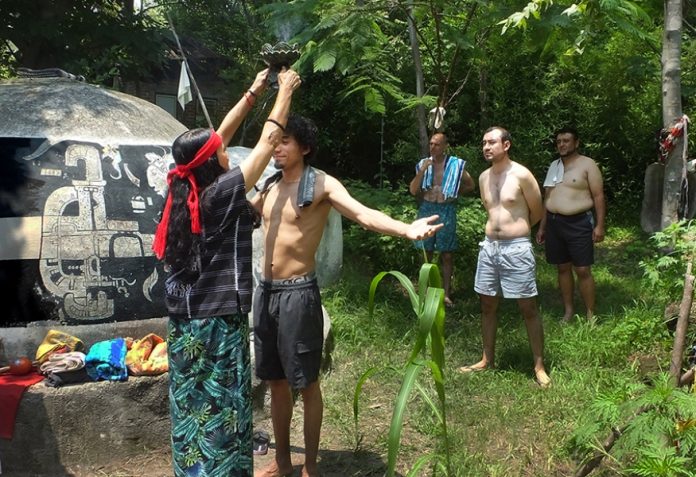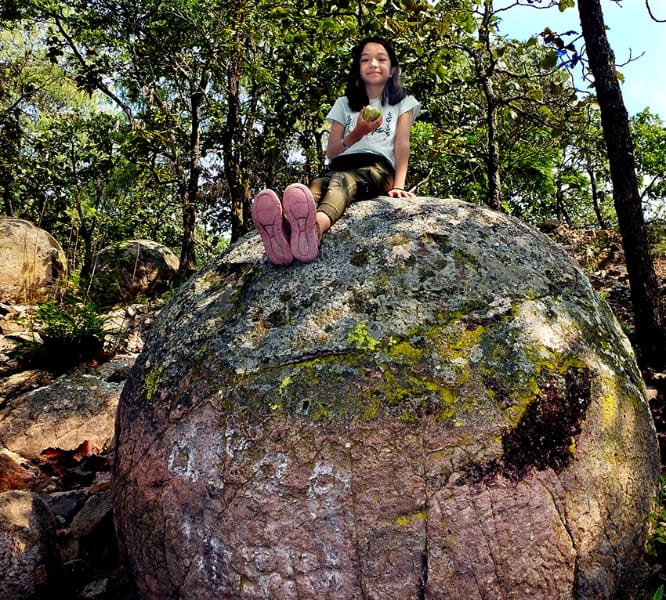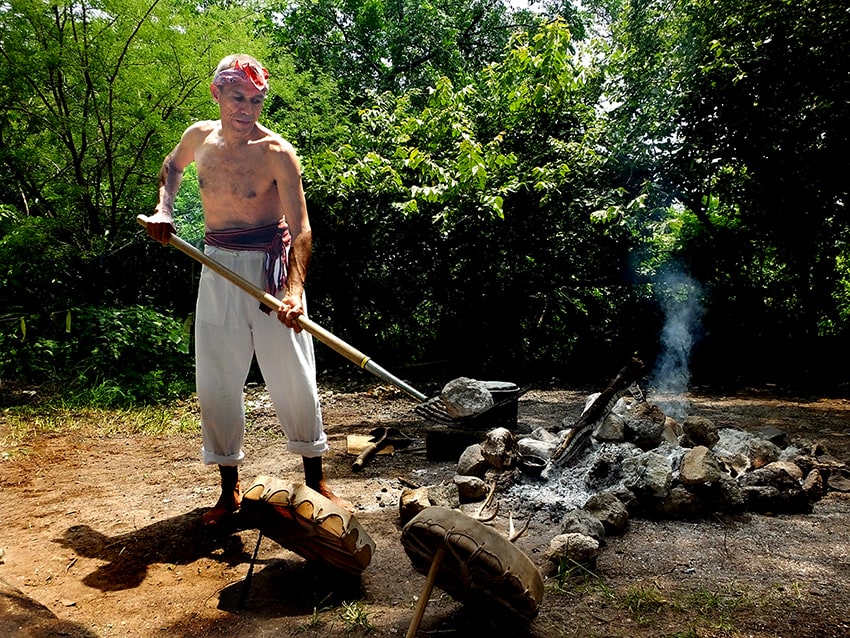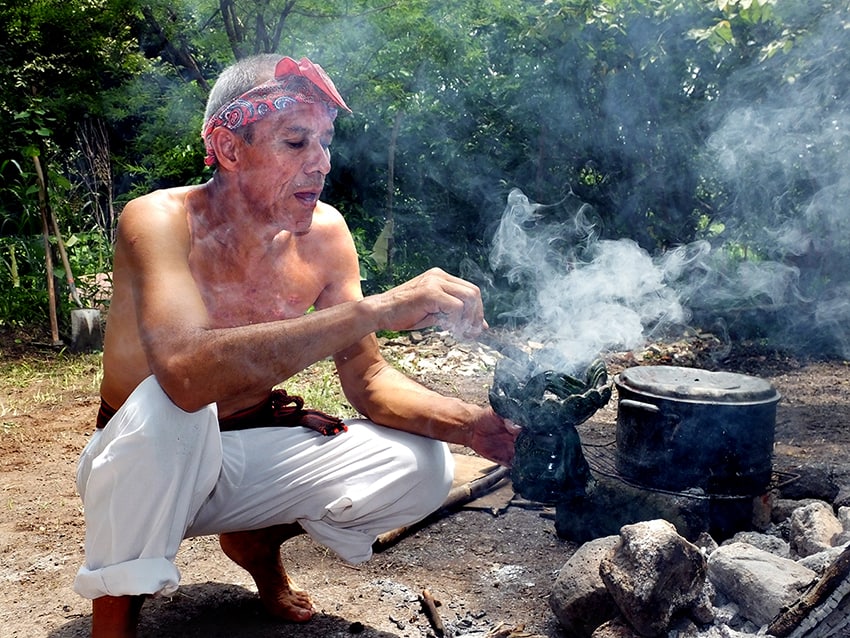“I will never forget that power is humility, but let me show off,” President López Obrador said in a social media post on Wednesday.
He went on to note that data (from the website Streams Charts) showed that he was the most-watched Spanish-language live streamer in the month of August.
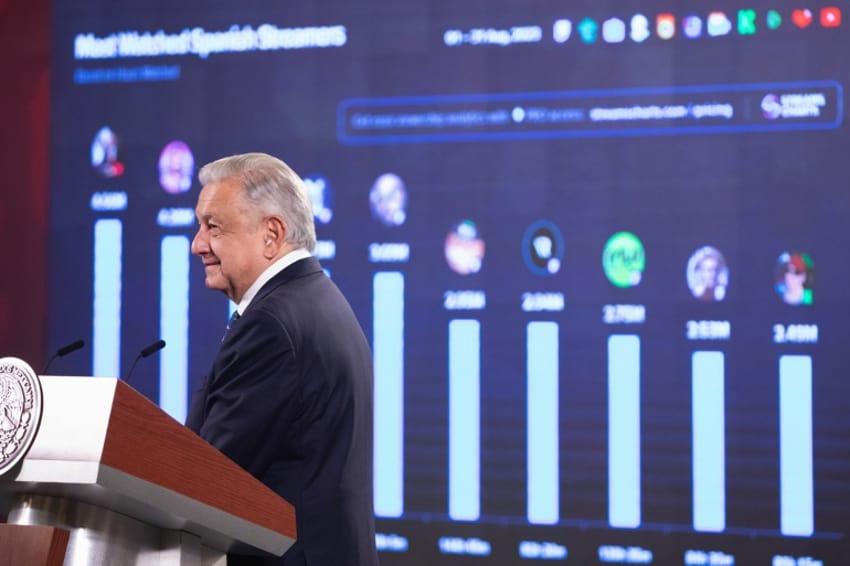
A graph AMLO posted to Facebook and X showed that his total “airtime” in August was 61 hours and 15 minutes, most of which was time spent at his morning press conferences, known colloquially in Mexico as mañaneras.
Viewers of the president’s pressers and his other live streams watched a combined 4.56 million hours of “AMLO TV” last month, according to the graph.
That length of time is equivalent to about 520 years, meaning that the period of collective viewership in a single month was longer than the amount of time that has elapsed since Hernán Cortés and his fellow conquistadores conquered Tenochtitlán.
Monday
After updates on three rail projects – the Maya Train, the Pacific to Atlantic link across the Isthmus of Tehuantepec and the Toluca-Mexico City line – México state Governor Delfina Gómez took center stage.
“First of all, I come only to put myself at your service,” Gómez told reporters four days after she was sworn in as the first female governor of Mexico’s most populous state.
She said that mexiquenses, as residents of México state are called, are “very grateful” to have a new public transport option now that (a short) part of the Toluca-Mexico City railroad is open.
“I believe that ‘El Insurgente'” – as the new train service is called – “is proof that we can achieve great things if we work as a team, work with a vision and above all think about supporting the neediest class,” said Gómez, who left her position as federal education minister to seek election as México state governor.

Mexico City Mayor Martí Batres noted that the still incomplete project – which was started during the term of the previous federal government but encountered numerous problems – is a “collaboration” between the Mexico City, México state and federal governments.
“El Insurgente,” once completed in 2024, will “form part of the integrated transport system in Mexico City,” he said.
Asked about his “supervision” trip on Sunday on the rehabilitated Isthmus of Tehuantepec railroad, AMLO noted that the journey between the stations in Salina Cruz, Oaxaca, and Coatzacoalcos, Veracruz, is 303 kilometers.
He quickly veered into an attack on the 1994-2000 government led by ex-president Ernesto Zedillo, which privatized Mexico’s railroad system.
“We had the idea to rehabilitate this stretch of railroad [on the isthmus]. It was completely abandoned … because these neoliberal, corrupt, irresponsible people finished off the rail system, especially passenger trains, and they handed concessions for all the country’s freight railroads to two companies,” López Obrador said.
“… There were passenger trains from Mexico City to Monterrey, Mexico City to Guadalajara, Mexico City to Yucatán, and even to Nogales, to the [northern] border,” he said.
“The country was completely connected with passenger trains and these irresponsible people, I repeat, put an end to 150 years of national railroad history overnight, in the blink of an eye,” AMLO said, referring to officials in the Zedillo administration.
Shifting his focus to the extradition of Joaquín “El Chapo” Guzmán’s son Ovidio to the United States, López Obrador noted that Mexico has an extradition agreement with the U.S. and said that the transfer was completed after the suspect was informed of the decision to hand him over.
When a person is notified of an extradition decision, he or she has the opportunity to challenge it legally, “to go to a judge,” AMLO said.
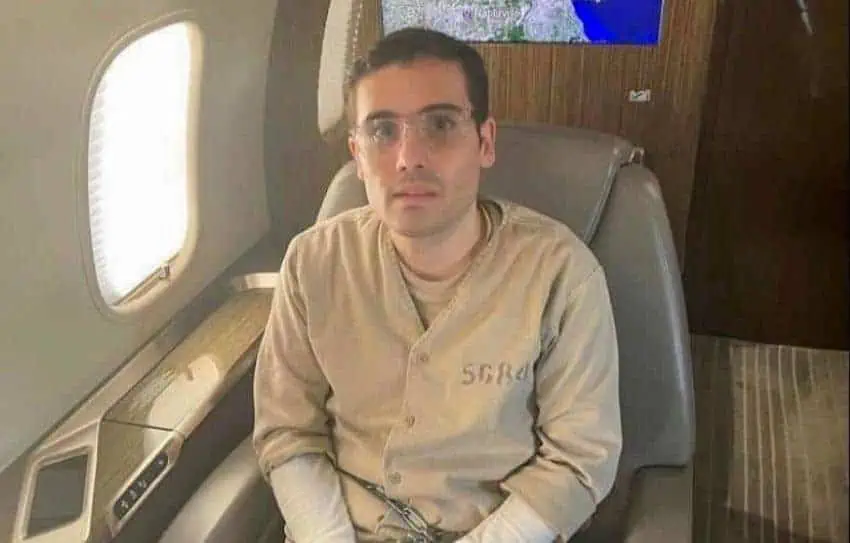
“I understand that in this case, there was no request for [legal] protection,” he said.
López Obrador said it was important for Mexico not to give ammunition to “those who use the issue of drug trafficking with political purposes in the United States.”
“There are two issues that are used a lot when there are elections in the United States – drug trafficking and migration,” he said.
Later in the presser, AMLO said that the government could release recordings obtained from the United States that contain information about the disappearance of the 43 students who were abducted and presumably killed in Guerrero in 2014.
“We’ll see, because there is always the due process thing and we also have to ask for permission from the parents,” he said.
López Obrador said that the government itself didn’t have “any problem” in releasing the recordings of conversations between members of the Guerreros Unidos crime gang, which was allegedly involved in the crime.
“I’m in favor of transparency. I don’t like due process being used as an excuse not to provide information, to hide information,” he said.
Among other remarks, AMLO defended the participation of Russian soldiers in last Saturday’s Independence Day military parade in Mexico City after Ukraine’s ambassador to Mexico and others criticized their involvement in the annual event.
“We have relations with all the countries of the world, and everyone is invited [to the parade]. … It’s always been done,” he said.
Tuesday
During his fortnightly “Zero Impunity” report, Deputy Security Minister Luis Rodríguez Bucio told reporters that a total of 34 people have been arrested in connection with the 2019 murder in Sonora of three women and six children who were part of a Mormon community that was established in northern Mexico some 100 years ago.
Rodríguez noted that one presumed member of the criminal group that allegedly attacked members of the LeBaron, Langford and Miller families was arrested on Aug. 30 and subsequently ordered to stand trial on charges of murder and attempted murder.
José Adrián ‘N,’ an alleged member of La Linea gang, was detained in Nuevas Casas Grandes, by Federal Attorney General’s Office agents supported by the army, he said.
Security Minister Rosa Icela Rodríguez reported later in the presser that last month was the least violent August in six years in terms of homicides.
Data she presented showed that homicide numbers so far this year are down 17% compared to the same period of 2019, the current government’s first full year in office. The same set of data showed that López Obrador’s term in government has been more violent than the sexenios (six-year terms) of his five most recent predecessors.
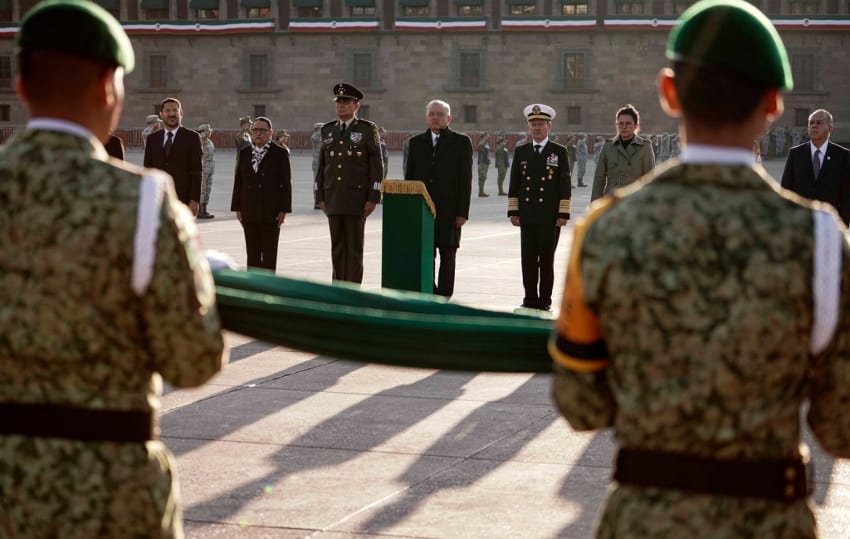
After the regular security report, federal Civil Protection chief Laura Velázquez noted that it was the anniversary of two devastating earthquakes.
“Today is Sept. 19, 2023, the earthquakes of 1985 and 2017 are commemorated in memory of the victims and in homage to the important intervention of volunteers, national and foreign rescue workers, public servants, workers, citizens and young Mexicans, who, with courage and a great sense of solidarity, saved a lot of lives,” she said.
Velázquez said there have been 31 earthquakes of magnitude 6.8 or higher in Mexico since 1985, a year in which thousands of people were killed by a powerful temblor that caused extensive damage in the Mexico City area.
She also reminded reporters and viewers that a national earthquake and hurricane drill would be held at 11 a.m. Velázquez said that the objectives of the drill were to raise greater awareness of the risk of natural disasters, educate citizens on what they should do in such situations and “measure our capacity for response in the face of a possible emergency.”
AMLO took his customary position before the press corps to respond to questions and was immediately told that “the main representatives of the traditions of the Indigenous people of Mexico have pointed out that” his handing over of a “baton of command” to presumptive Morena party presidential nominee Claudia Sheinbaum lacked “legitimacy” because the “symbolic act” wasn’t carried out in accordance with “traditional protocol.”
“… That baton that I handed over symbolizes our commitment to attending to Indigenous communities as a priority,” López Obrador said.
“… So that you know, [the baton] was given to my by a community – I don’t want to mention the region, the ethnicity or the culture – … and I requested authorization to give that same baton to she who now leads our movement and they approved,” he said.
The president later highlighted that some sort of government assistance reaches “almost” all Indigenous households in Mexico. The government’s “preference” is to support “the poorest people and unfortunately the poorest are the Indigenous people,” AMLO said.
López Obrador won’t hand over the presidential sash until Oct. 1, 2024, but a reporter nevertheless asked him whether he had already thought about going on a “farewell tour” tour of the nation.

“I’m constantly touring the country, every weekend,” AMLO shot back.
He said he would continue traveling through Mexico to evaluate the progress being made on public works such as the Maya Train railroad and water infrastructure projects, but ruled out going on a gira de adiós.
“No, no, no,” López Obrador said, asserting that he would only travel for work-related reasons because “we need to finish all the projects.”
“This weekend, for example, I’m going to [inspect] the Maya Train and next weekend I’ll supervise three projects in México state,” he said.
Shortly before the end of the mañanera, AMLO said that the government doesn’t have a “projection” on how Mexico will benefit from the reinstatement of its Category 1 aviation safety rating with U.S. authorities, even though Infrastructure, Communications and Transport Minister Jorge Nuño Lara said last week that “it’s expected that more than 50 new routes from Mexico to the United States will open in the short term.”
“They’re saying that it will help a lot to continue growing the number of operations, especially flights to the United States, but we don’t have a projection,” he said.
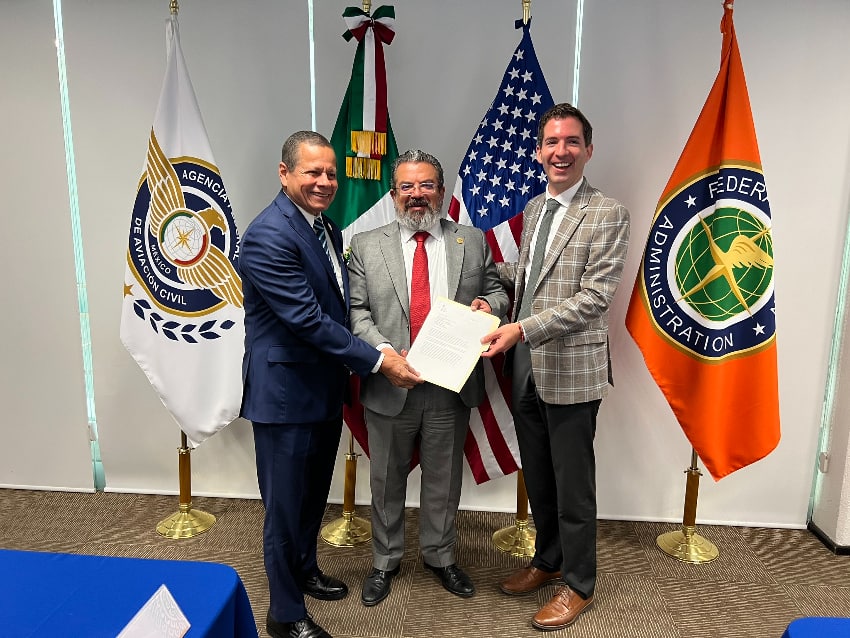
“The truth is that even without the Category 1 rating, aviation took off after the [COVID] crisis. The number of operations grew and tourism has grown a lot. Mexico is a very important global tourism destination,” López Obrador said.
“… There is a lot of interest in Mexico, there has always been interest in our country, but now there’s more, a lot more, to the extent that people are coming to live in Mexico from the United States. The number of estadounidenses [U.S. citizens] who live in our country is growing.”
Wednesday
Asked early in his engagement with reporters whether he would still be able to go to the inauguration of a highway in Badiraguato – the Sinaloa municipality where Joaquín “El Chapo” Guzmán Loera was born – in light of the extradition of Ovidio Guzmán, López Obrador gave an unequivocal response.
“Of course! … I’m going to go to the inauguration of that road from Badiraguato to Guadalupe y Calvo, Chihuahua,” he said, referring to two municipalities that are part of the notorious drug producing region known as the Golden Triangle.
“It crosses the mountain range, it helps the marginalized communities,” AMLO said of the new highway.
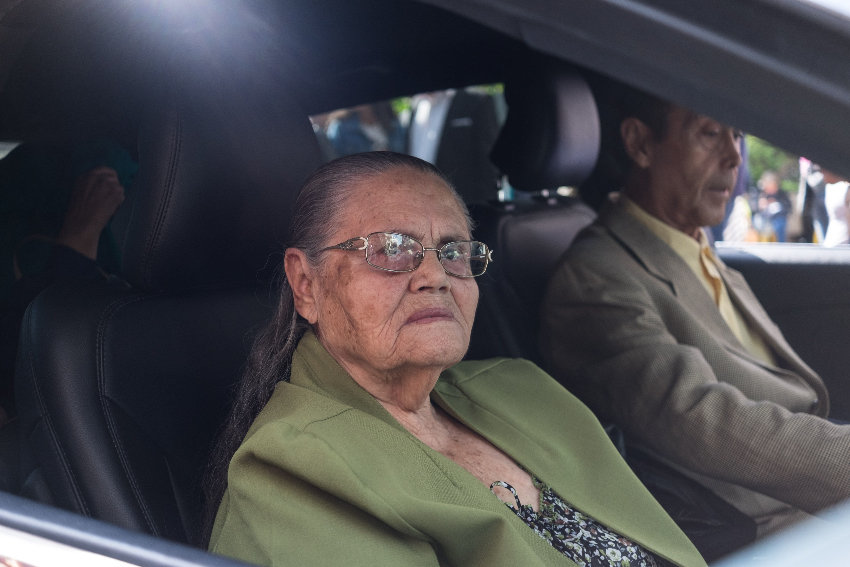
“So that we give it context and color, so that the adversaries have a story [to write], it’s the road I was inspecting when Guzmán Loera’s mom showed up to give me a letter asking me to intervene so that her daughters could go to the United States to visit their brother – her son – who is detained in the United States,” he said.
“As I got out [of my vehicle] and said hello and received her letter and listened to her, there was a big scandal. That same road, which at that time was under construction, is now finished and we’re going to inaugurate it,” López Obrador said.
The president subsequently noted that he would meet later in the day with the parents of the 43 young men who were presumably killed in Guerrero nine years ago. He acknowledged that the investigation into the crime is ongoing, but pledged that the Ayotzinapa case would be resolved before he leaves office.
Later in the presser, AMLO aimed to demonstrate that he has maintained consistent views during a long political career that has included almost five years as mayor of Mexico City and three presidential campaigns – 2006, 2012 and the ultimately successful one in 2018.
After acknowledging that he has written 18 books – the most recent of which is the 2021 publication “A la mitad del camino” – López Obrador directed reporters to examine the books for any contradictions in opinions he might have expressed.
“Where are the inconsistencies? Where did I say that taxes had to be raised? Where, in all this time? Where did I suggest that the poor weren’t going to be the first to be attended to? In which book didn’t I say that the main problem [in Mexico] was corruption?” he asked.
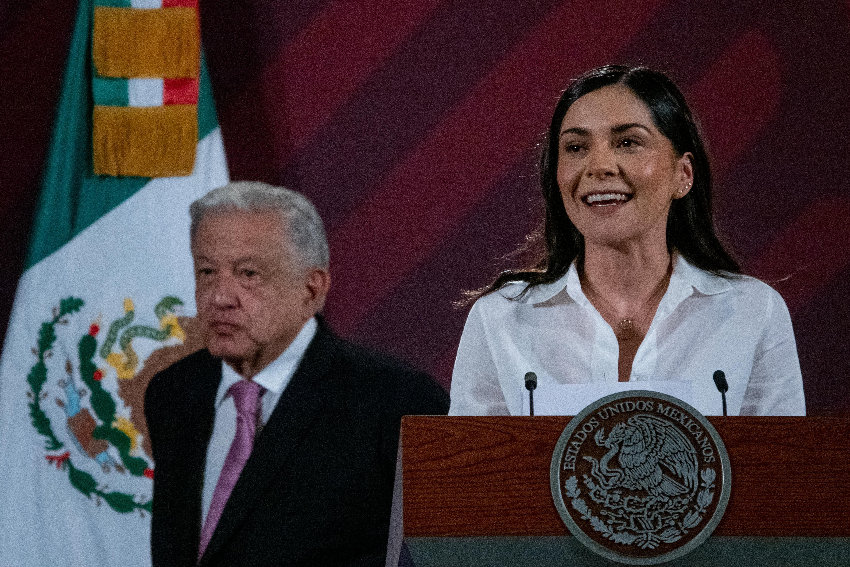
Toward the end of his midweek mañanera, AMLO was asked about the accusation that Broad Front for Mexico presidential candidate Xóchitl Gálvez plagiarized part of a report she submitted to obtain her computer engineering degree from the National Autonomous University.
“I can’t speak about that,” López Obrador responded, abiding by a National Electoral Institute ruling that he mustn’t speak about electoral issues or candidates in the lead-up to the 2024 elections.
Before leaving the press conference, AMLO indicated that he was unconcerned about rail operator Ferromex’s decision to suspend the operation of 60 freight trains after a string of accidents involving migrants riding the rails.
“What we care about aren’t the trains, we care about the migrants,” he said.
López Obrador said he had been informed that freight services to the north of Mexico had resumed, although Ferromex hadn’t at the time indicated that was the case.
Thursday
AMLO’s Thursday presser began with the presentation of the “Global Leader Approval Rating Tracker,” an initiative of the United States business intelligence company Morning Star.
Updated every Thursday, the latest tracker showed – as it has done many times before – that López Obrador is the second most popular world leader among 22 whose support is measured via polls monitored by Morning Star. The only leader with a higher approval rating than AMLO’s 66% was Indian Prime Minister Narendra Modi on 77%.
Communications coordinator Jesús Ramírez also presented data that showed that López Obrador was the “most watched Spanish [language] streamer” in August.
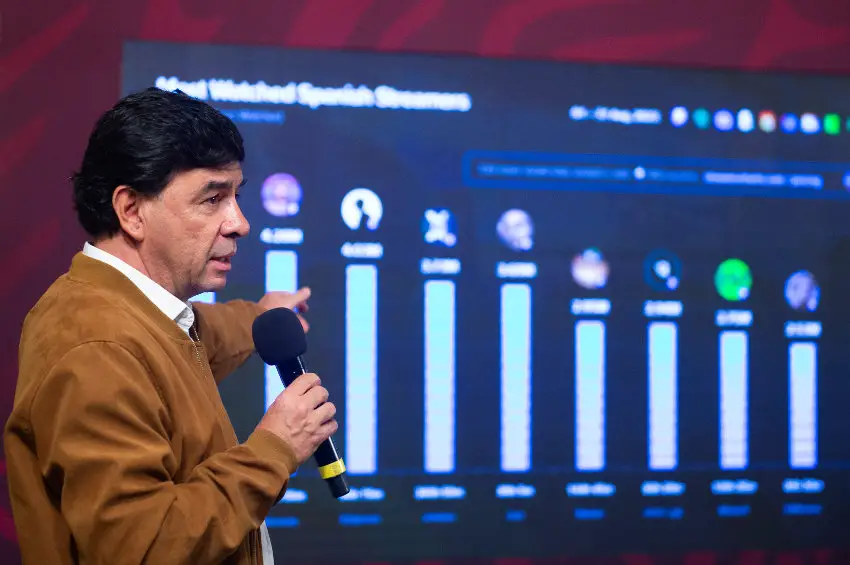
“It’s the first time that a politician appears in this list,” Ramírez said.”… The truth is it’s a phenomenon because the rest are gamers,” he said.
AMLO told reporters that they also deserved credit for his ascension to the top of the Spanish-language live streaming rankings because they too take part in his weekday mañaneras.
“It’s collective because you participate, because of the questions, the circular dialogue,” he said.
During a lengthy engagement with reporters on a much more serious issue – the Ayotzinapa case – López Obrador said that “many things” had hindered the investigation into the disappearance of the students.
“Especially vested interests – those who in one way or another participated [in the crime] and don’t want the truth to be known,” he said.
“… All the authorities that participated to create the so-called ‘historical truth,'” AMLO added, referring to the previous government’s official version of events vis-à-vis what happened to the students.
The army, which is accused of involvement in the crime, has not hampered the investigation, he said.
Asked whether it was possible that some of the 43 students were still alive nine years after their disappearance, López Obrador responded:
“We don’t know, we can’t guarantee anything. In other words, we’re still making progress [with the investigation]. The searches are continuing, we haven’t stopped looking for a single day. The investigation continues and I’m confident that in the time we have left [in office] we’re going to find out what happened and above all where the young men are.”
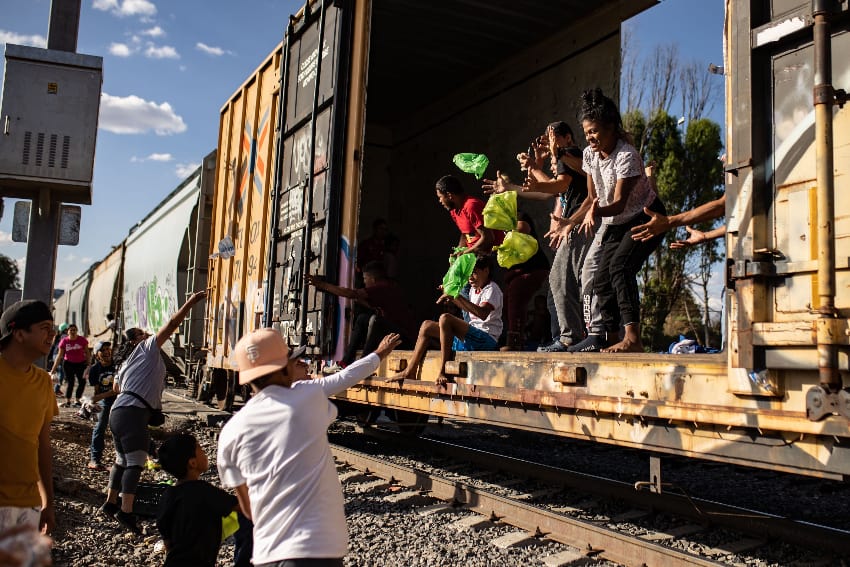
AMLO turned his focus to the migration phenomenon after a reporter mentioned the presence of large numbers of migrants in Mexico.
“It’s a structural problem. … There is a worldwide crisis. … People don’t leave their countries for pleasure, they do it out of need,” he said.
López Obrador charged that the United Nations has done “nothing” to address the issue.
“That’s why I don’t go to the UN for the annual appearance [of world leaders]. I went once when Mexico was part of the Security Council and I suggested that the UN had to play a greater role … in attending to the problems of the people of the world, because it became an obsolete bureaucratic apparatus. It’s like an adornment, like a vase,” he said.
“I made a proposal [to the UN]” López Obrador said, noting that he advocated attending to “the problem of corruption in the world” and “the problem of inequality.”
“… What is the UN doing? Nothing. Why [do we have] this influx of migrants. Because there is not a single plan from international financial organizations, the World Bank, or from the main powers [of the world] to help the poorest countries. All they do is take sides in wars and send arms,” he said.
“If all the money used for arms – which only benefits the war industry and causes death and destruction – was used for human development, to guarantee work opportunities, opportunities to study, we’d be living in a more fraternal, fairer, more humane world and we wouldn’t have these problems [such as] the migratory phenomenon,” López Obrador said.
Friday
Responding to his first question of the day, AMLO acknowledged that the Santiago River, which runs through Jalisco and Nayarit, has a “serious contamination problem.”
“… The Environment Ministry is working on it. … We’re going to ask the minister to present a report, [tell us] how we’re doing,” he said.
“… We have to look at the entire course of the river because there are discharges and where [the situation] is most complicated is in [the municipality of] El Salto because that’s where the second largest industrial park in the country is and there are discharges [of industrial waste]. So special work is required to clean the entire catchment area,” López Obrador said.
AMLO subsequently conceded that the contamination of the Santiago River is an issue the government has been unable to resolve.
“But in the time we have left we can do a lot, leave in place a plan for the new government to clean up contaminated rivers, which are everywhere,” he said.
Later in the presser, López Obrador revealed that the National Electoral Institute (INE) had asked the government to display a message to viewers before the commencement of each mañanera.
He read out the message, which said that the objective of the morning press conferences is to “disseminate institutional or governmental propaganda” for informational, educational or “social orientation” purposes.

It also said that officials can’t make statements “related to political or electoral topics that unjustly affect the equity of elections” or make statements for or against “political forces or people identified with those forces.”
“In other words, I can no longer speak about any politician. I won’t be able to speak about [ex-presidents] Salinas or Fox, according to this,” López Obrador said
Speaking seriously or at least with a straight face, AMLO declared he would add his own message below the INE one.
“More or less it will say: if you’re a conservative and in favor of corruption, classism, racism and discrimination, don’t watch this program, it might affect you,” he said.
“… We recommend that you don’t watch this program because it might cause you psychological or emotional harm or affect the interests you defend,” López Obrador subsequently said after making some modifications to his first message.
Jesús Ramírez, AMLO’s communications chief, noted that the government would challenge INE’s directive to display its message, but López Obrador didn’t appear to like its chances.
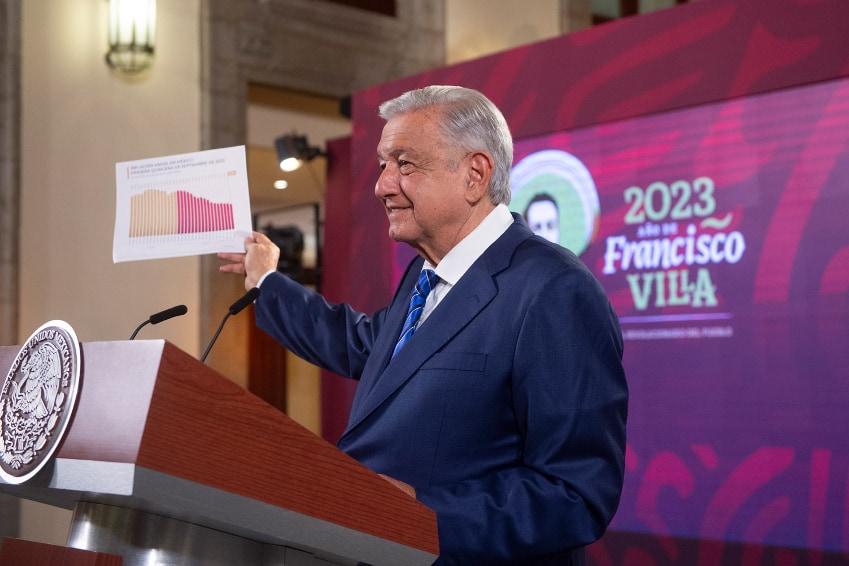
Among other remarks, the president told reporters that about 10 officials including ministers would soon leave his government to seek to stand as candidates at next year’s elections. He noted that Deputy Health Minister Hugo López-Gatell, Mexico’s COVID czar, was among them.
López-Gatell, who is hoping to stand as the ruling Morena party candidate at the 2024 Mexico City mayoral election, is a “first-rate professional, a good public servant,” AMLO said.
“But all of them are,” he added, apparently referring to other contenders for Morena’s nomination in the capital. “… I’m not trying to tip the scales for anyone.”
Before farewelling reporters, López Obrador highlighted that new data showed that inflation continued to decline in the first half of September, with the annual headline rate falling to 4.44% from 4.64% in August.
“This is very good because we can have better incomes, better salaries, but if there are high prices one’s income doesn’t go far enough,” he said.
By Mexico News Daily chief staff writer Peter Davies ([email protected])



